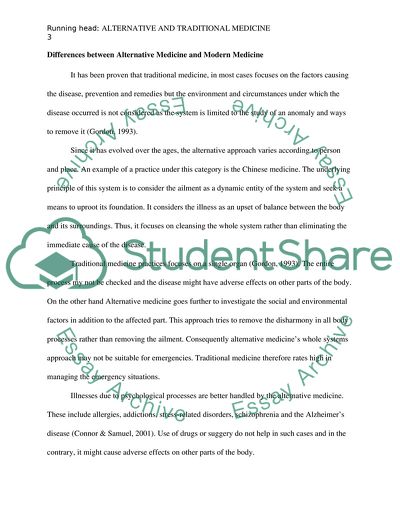Cite this document
(“Alternative and Traditional Medicine Term Paper”, n.d.)
Retrieved de https://studentshare.org/health-sciences-medicine/1609979-alternative-and-traditional-medicine
Retrieved de https://studentshare.org/health-sciences-medicine/1609979-alternative-and-traditional-medicine
(Alternative and Traditional Medicine Term Paper)
https://studentshare.org/health-sciences-medicine/1609979-alternative-and-traditional-medicine.
https://studentshare.org/health-sciences-medicine/1609979-alternative-and-traditional-medicine.
“Alternative and Traditional Medicine Term Paper”, n.d. https://studentshare.org/health-sciences-medicine/1609979-alternative-and-traditional-medicine.


